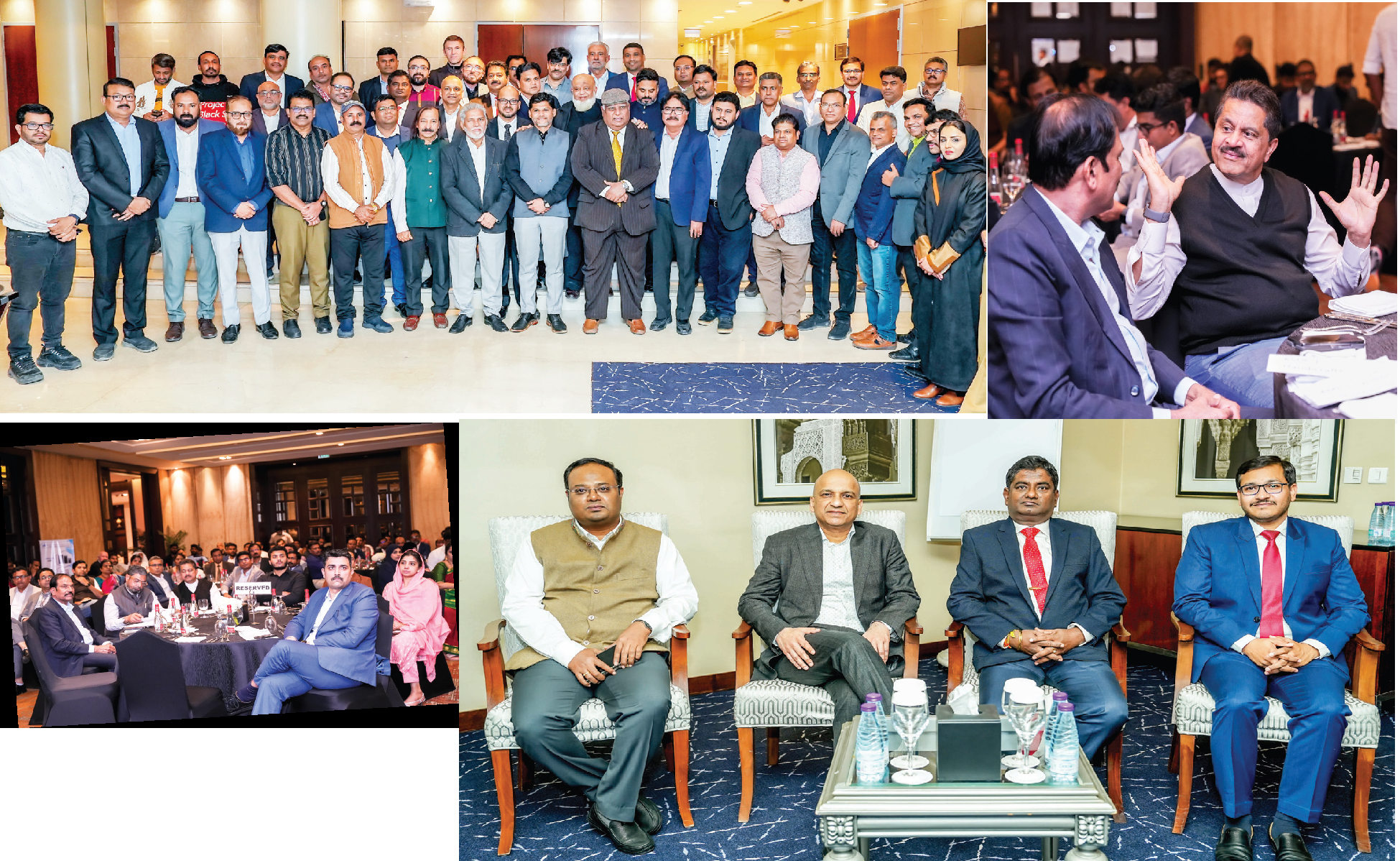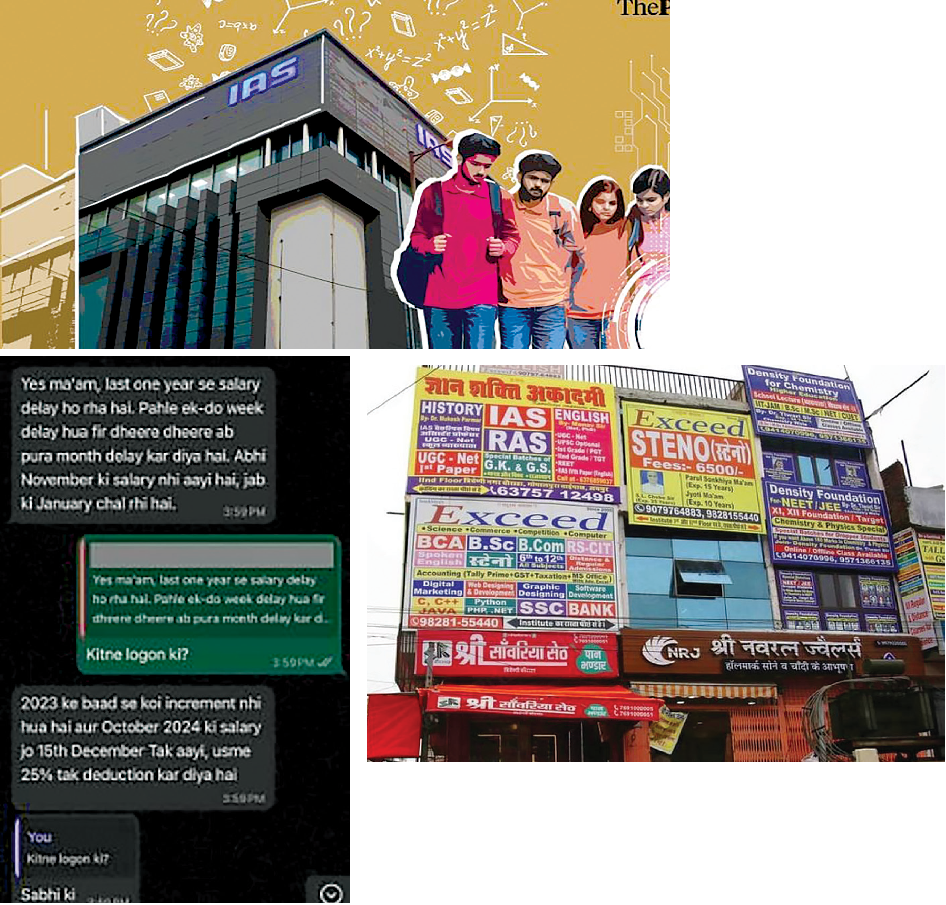
Working women are now better of
NT Correspondent
Bengaluru: The report says that gender-based earnings disparities have reduced. For instance, in 2004, salaried women workers earned 70% of what men earned.
By 2017, the gap had reduced, and women earned 76% of what men did. Since then, the gap has remained constant till 2021-22, it says. Before Covid, 50% of women were self-employed.
After Covid this rose to 60%. As a result, earnings from self-employment declined in real terms over this period. Even two years after the 2020 lockdown, self-employment earnings were only 85% of what they were in the April-June 2019 quarter, the women and gender section of the report reveals.
Gender norms continue to be significant for women’s employment: As husband’s income rises, women are less likely to work. In urban areas, after the husband’s income crosses INR 40,000 per month, the chance of the wife working increases again (i.e. there is a U-shaped relationship).
There is also a strong intergenerational effect of gender norms. Compared to households where there is no mother-in-law present, married women living in households where the mother-in-law is present but not employed are 20% (rural) to 30% (urban) less likely to be employed.
However, if the mother-in-law is employed herself, daughters-in-law are 50% (rural) to 70% (urban) more likely to be employed. The entire report being made public earlier this week has significant sections on youth employment, mismatch in employment and qualifications, connection between growth and good jobs that remains weak, distress employment and much more.
A presentational seminar on the same was done in New Delhi/NCR and Bengaluru, simultaneously today by the lead author of the report Professor Amit Basole Professor, and Rosa Abraham.
 English daily published in Bengaluru & Doha
English daily published in Bengaluru & Doha






